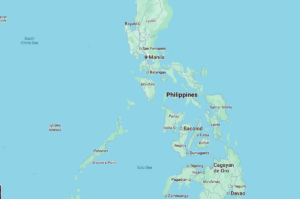I can understand President Aquino when he assailed the Supreme Court for its flip-flopping in many of its decisions. According to him, this made “untenable” the job of the executive branch.
Speaking before the Makati Business Club last week, P-Noy could not seem to hide his pique with the Court over its issuance, with apparent haste, of a temporary restraining order that allowed former President Gloria Macapagal-Arroyo to travel abroad purportedly for medical treatment.
“When lawyers all know that it takes the Supreme Court 10 days, normally, to attend to motions, and it takes for Mrs. Arroyo in three, who can avoid wondering what she did to merit such speedy relief?” he asked.
That was a valid question in light of widespread public suspicion that the Court was biased for Arroyo when it came to cases involving her.
During her nine-year rule, Arroyo was able to pack the tribunal with her appointees. Of the present membership of the Court, only three of the 15 justice are President Aquino’s appointees, the rest are Arroyo’s.
The tribunal has come to be known to many people as the “Arroyo Court.” Its chief justice, Renato Corona, has been questioned by the President as a “midnight appointee,” having been named as such by Arroyo in the closing days of her presidency.
Does P-Noy have the right to criticize the Court, which represents the Judiciary, a co-equal branch of the Executive and Legislature? Yes, as every Filipino citizen has the right to criticize it.
The Court seems to have succeeded in creating an image of itself as an all-powerful body that is beyond public criticism. Its awesome contempt power has effectively silenced many critics. Its rulings, however unjust, become law and must be followed.
Justice Secretary Leila de Lima is now facing a contempt charge for having allegedly defied the TRO hastily issued in favor of Arroyo. In hearing the contempt case, Arroyo-appointed justices blasted De Lima with harsh questions. To De Lima’s credit, she never winced, she acquitted herself admirably by standing her ground.
The President had a point when he assailed the Court for setting conditions for the enforcement of the TRO, only to say that the conditions did not have to be met.
“Why then did the Court impose conditions it had no intention of being fulfilled?” the President asked.
While it is true that the three branches of government are co-equal, this does not stop any one of them from confronting the other under the principle of checks and balances. That is the essence of democracy.
—VIVIAN DELA PEÑA,
delapena.vivian@gmail.com


